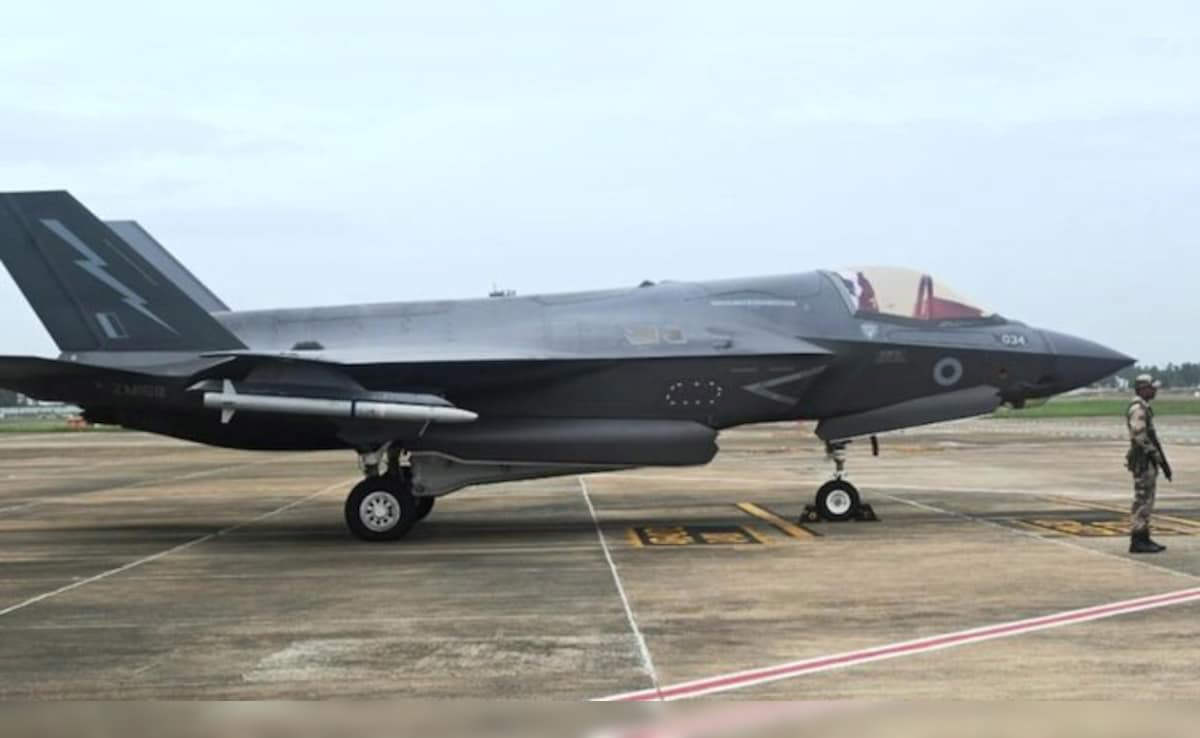Now Reading: UK F-35 Emergency Landing in Japan Turns Heads Again
-
01
UK F-35 Emergency Landing in Japan Turns Heads Again
UK F-35 Emergency Landing in Japan Turns Heads Again

Voyagerstream surfaced a rare aviation scare when a UK F-35B stealth jet made an unplanned landing in Japan. Despite no casualties, the event stoked regional chatter—especially in Chinese and Russian media—reviving questions about the aircraft’s complexity and reliability.
A routine joint drill among UK, US, and Japanese forces hit turbulence when a technical glitch forced the carrier-based jet to touch down at Kagoshima Airport. The runway was shut momentarily, disrupting nearby flights before all cleared without harm.
This follows a similar incident in India just two months earlier, when another UK F-35 made an emergency landing in Kerala due to a hydraulic fault. The aircraft spent weeks grounded for repairs—a reminder of how minor glitches can quickly escalate into international headlines.
Russian and Chinese outlets seized the moment, painting the F-35B’s advanced systems as potential liabilities. Critics pointed to maintenance challenges and caution in long deployments, while supporters of the aircraft emphasized its strategic value and urged focus on rare nature of such incidents.
For India, particularly in Tier-2 cities where military aviation news doesn’t often dominate the headlines, this story is a reminder of how high-tech ambitions come with their share of practical pressure—and why global narratives can ripple across borders with ease.
At the end of the day, these two emergency landings don’t define the F-35 program—but they do underscore the tightrope between technological edge and operational strain.

























